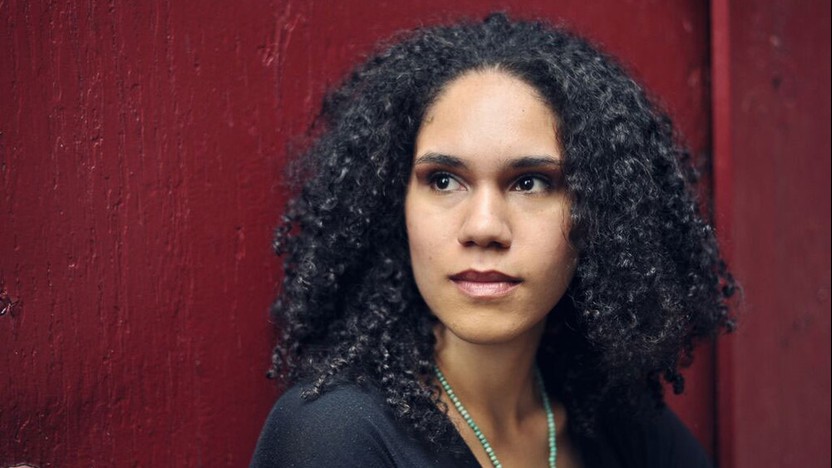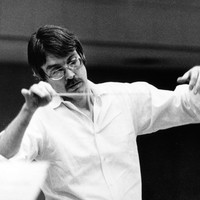Mussorgsky’s Pictures at an Exhibition





At the start of World War I, the 39-year-old Maurice Ravel volunteered as a truck and ambulance driver, forcing him to set aside Le tombeau de Couperin, a work-in-progress for solo piano honoring the French Baroque composer François Couperin. By the time Ravel finished the suite in 1917, it had acquired a more personal meaning, with each of the six movements dedicated to friends killed in the war.
Ravel transcribed four of the movements for chamber orchestra in 1919. Starting with the fluid melody of the Prélude, the oboe has an outsized role in the orchestration, echoing its prominence as a solo instrument in the Baroque era. Ravel dedicated this movement to Lieutenant Jacques Charlot (the godson of his music publisher), who died in battle in 1915.
The second movement, a Forlane, is based on a lively and flirtatious couple’s dance that entered the French court via northern Italy. Ravel sketched this movement before the war and subsequently dedicated it to the Basque painter Gabriel Deluc, who was killed in 1916.
The oboe returns to the fore in the Menuet, a French dance distinguished by its stately, three-beat pulse. Ravel dedicated this section to the memory of Jean Dreyfus, whose stepmother, Fernand Dreyfus, was one of Ravel’s closest confidantes during the war.
The Rigaudon pays tribute to two family friends of Ravel: Pierre and Pascal Gaudin, brothers killed by the same shell on their first day at the front in 1914. When faced with criticism that this unabashedly upbeat movement was too cheerful for a memorial, Ravel purportedly responded, “The dead are sad enough, in their eternal silence.”
Aaron Grad ©2018
Get driving directions and find nearby parking.
Find dining options close to the venue.
View seating charts to find out where you'll be seating.
Get driving directions and find nearby parking.
Find dining options close to the venue.
View seating charts to find out where you'll be seating.
